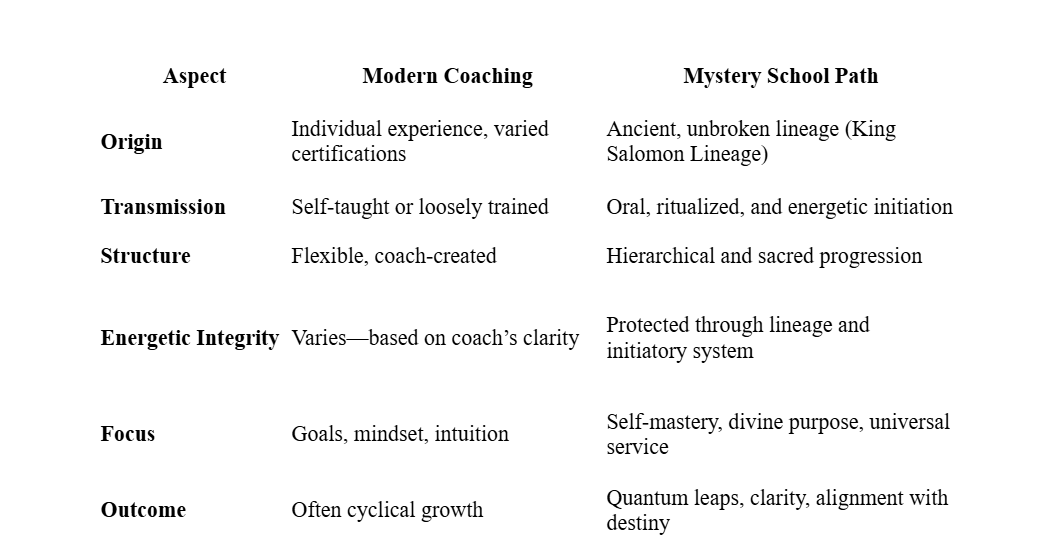
Failure as a Sacred Teacher: When Things Fall Apart and Truth Emerges
Failure as a Sacred Teacher: When Things Fall Apart and Truth Emerges
We all know the heat of a moment that doesn’t go our way -the relationship that ends, the deal that slips through our fingers, the project that won’t land no matter how faithfully we show up. We call it failure. We feel the sting, the disorientation, the sudden quiet when the momentum stops.
Without trying to sugar-coat it too much -because failure needs to be owned not swept under the rug, failure can be used to move us forward and even liberate us.
Failure strips away what was never solid so what is real can emerge. If it could have happened as we imagined, it would have. The fact that it didn’t doesn’t make us wrong; it makes the moment honest. In that honesty, we’re offered a rare doorway into alignment—into the deeper “yes” of who we are and what we’re truly here to create.
It is by the very fact that we can fail that courage is needed. And both courage and the sometimes failure that accompanies stepping in are signs that we are stepping in and stepping up. So, go boldly, learn, and let go as needed.

The pause that clarifies
Failure interrupts forward motion. That pause is potent ground. It asks: Is this path truly aligned with my soul’s purpose?
- If yes, we rise and try again with more wisdom, less illusion.
- If no, we pivot reclaiming energy for a truer path.
Either way, failure refines desire and strengthens integrity.
The unshakeable part of you
When the outer structures collapse, what remains is the unshakeable core—the part that knows what you will keep saying yes to, even in the face of setbacks, and what you will lovingly lay down. This is how your power ripens: not through constant success, but through honest choosing.
A kinder definition of success
Our culture loves the scoreboard: achievements, optics, productivity. The spirit measures differently. Spiritual success is alignment with the Higher Self—acting from deep truth with clean integrity. By that measure, the only true failure is forgetting who you are. If a stumble helps you remember, then it was never a loss; it was a gift.
Try this reflection
- What “failure” still tugs at you? Name it without spin.
- Ask: What did this moment reveal about what isn’t true for me? What did it reveal about what absolutely is?
- Decide: Persist or pivot? Either is powerful when chosen from truth.
Failure is not the enemy. It is a sacred ally that dismantles what cannot hold so what can hold may finally rise.
If this resonates, come sit with me on the Roar of Love Podcast for more soul-aligned conversation on transformation and truth.










